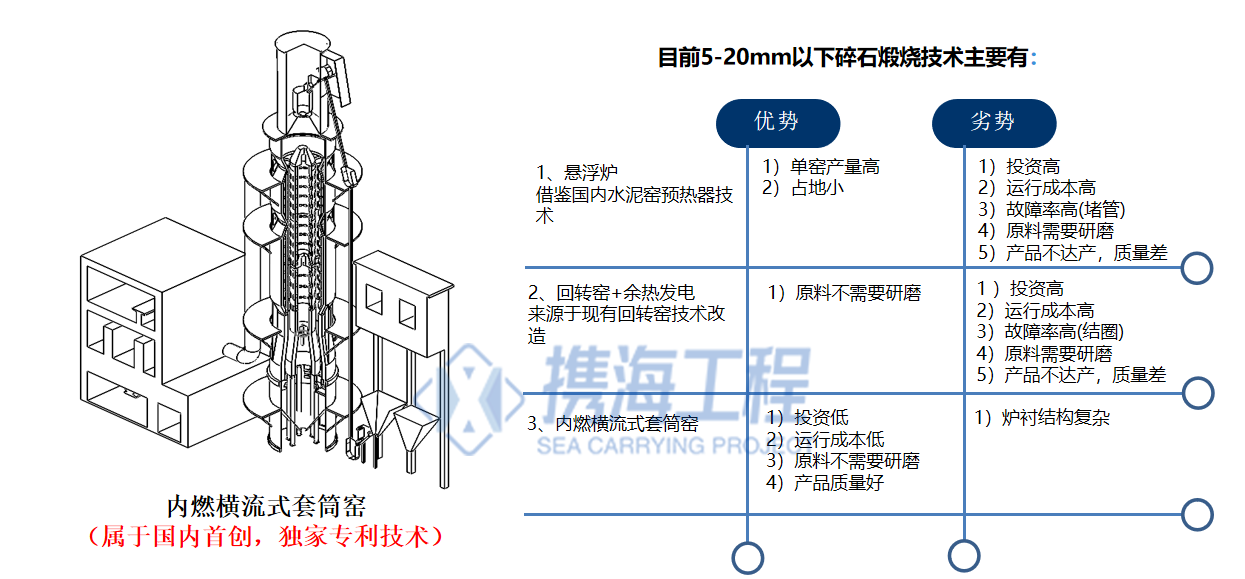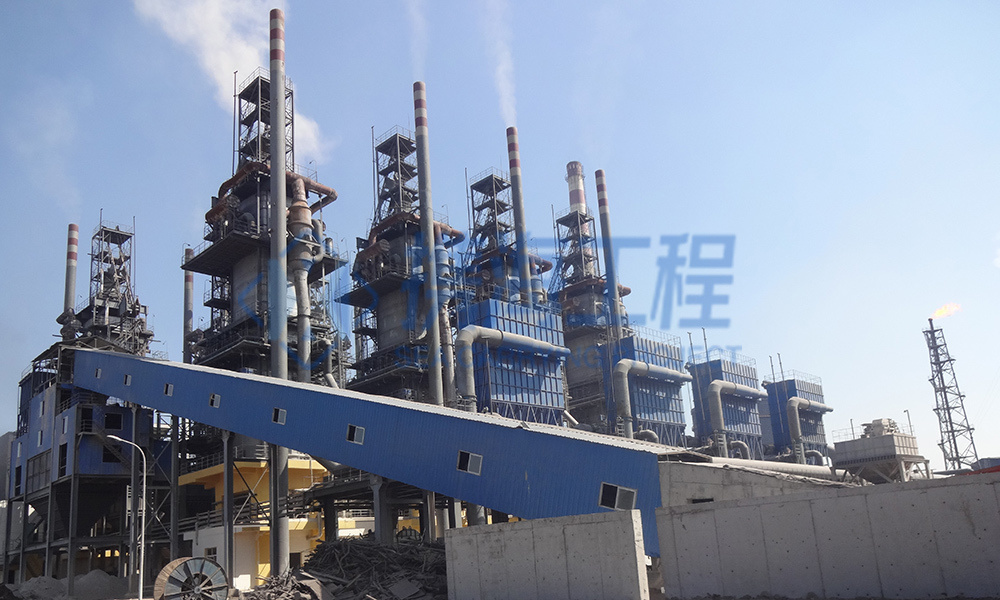Expert of Systematic Overall Solution for Calcium Material Resource Utilization
-
ProductPioneer In Calcium Material Industry Services, Renowned Globally For Exceptional Quality.Marketing & ServiceNational Service Hotline:
-
SolutionEngineering Service Provider Empowering New Technologies For Calcium Carbonate.Marketing & ServiceNational Service Hotline:
-
CaseExperts In Calcium Stone Industry Engineering With A Deeper Understanding Of Craftsmanship.Marketing & ServiceNational Service Hotline:
-
InnovationSurvive By Quality, Develop Through Innovation.Marketing & ServiceNational Service Hotline:
-
BlogsPeople-Oriented, Advocating Technology, Customer First, Win-Win Cooperation.Marketing & ServiceNational Service Hotline:
-
AboutInnovator In Calcium Materials Industry, Global Service Leader.Marketing & ServiceNational Service Hotline:
Unveiling the Mystery of the Counter-flow Rotary Kiln for Lime Burning—Haicang Engineering's Internal Combustion Counter-flow Lime Kiln
Apr 02,2025

What is a rotary lime kiln?
In modern industry, the rotary lime kiln is an unsung hero. It not only efficiently calcines lime, but is also key equipment in numerous fields, including construction materials and steel production. While many may be unfamiliar with rotary lime kilns, their operating principle is quite simple and easy to understand.
Basic Principle of Rotary Lime Kiln
The working principle of a rotary lime kiln, as its name suggests, is to achieve lime calcination through a transverse airflow. First, limestone is heated in the preheating zone and then enters the calcination zone. Here, the limestone is affected by high temperatures, forming calcium oxide. During this process, the transverse hot airflow ensures uniform heat distribution, improving calcination efficiency.
Technical Advantages
Compared to traditional vertical kilns, rotary lime kilns have many significant advantages. First, they have lower energy consumption, which is particularly important in today's pursuit of green environmental protection. In addition, rotary lime kilns are relatively simple to operate and easy to automate, greatly increasing production efficiency.
Energy Saving and Emission Reduction: The Path to the Future
Against the backdrop of global warming and resource scarcity, energy saving and emission reduction has become a common goal across all industries. Rotary lime kilns, through reasonable heat exchange and airflow control, not only reduce energy consumption but also reduce carbon dioxide emissions, achieving a true win-win in environmental protection and economics.
Applications of Rotary Lime Kilns
The applications of this equipment are extensive. Whether on construction sites, in steel mills, or in chemical companies, rotary lime kilns play an indispensable role. For example, in steel production, the calcined lime is used not only to remove impurities from molten iron, but also as a flux in the blast furnace to improve smelting efficiency.
Future Development Directions
With continuous technological advancements, rotary lime kilns are constantly being updated. In the future, intelligence and automation will be the development trend. By combining big data and artificial intelligence, it will be possible to monitor various parameters inside the kiln in real time, thereby optimizing production processes and further improving production efficiency.
Conclusion
In summary, a rotary lime kiln is more than just a piece of equipment; it is an indispensable part of modern industry. Understanding its working principle, advantages, and applications can help us better understand the dynamics of current industrial development. In the future, with technological advancements, we believe that rotary lime kilns will demonstrate their value in even wider fields!
Previous article
COOKIES
Our website uses cookies and similar technologies to personalize the advertising shown to you and to help you get the best experience on our website. For more information, see our Privacy & Cookie Policy
COOKIES
Our website uses cookies and similar technologies to personalize the advertising shown to you and to help you get the best experience on our website. For more information, see our Privacy & Cookie Policy
These cookies are necessary for basic functions such as payment. Standard cookies cannot be turned off and do not store any of your information.
These cookies collect information, such as how many people are using our site or which pages are popular, to help us improve the customer experience. Turning these cookies off will mean we can't collect information to improve your experience.
These cookies enable the website to provide enhanced functionality and personalization. They may be set by us or by third-party providers whose services we have added to our pages. If you do not allow these cookies, some or all of these services may not function properly.
These cookies help us understand what you are interested in so that we can show you relevant advertising on other websites. Turning these cookies off will mean we are unable to show you any personalized advertising.
Telephone
Company Address
Weier Business 801, No. 92 Huai'an East Road, Yuhua District, Shijiazhuang City, Hebei Province






